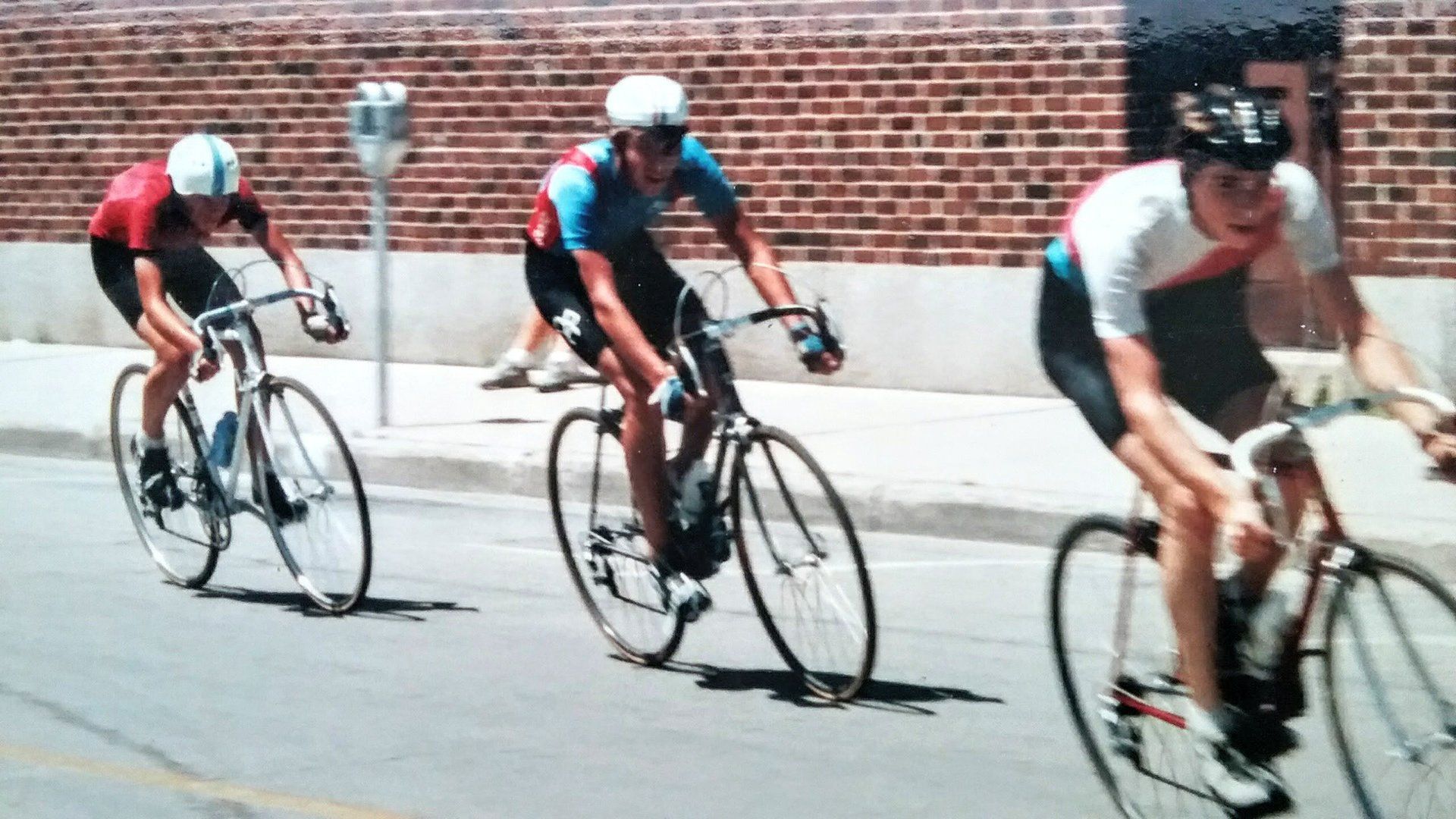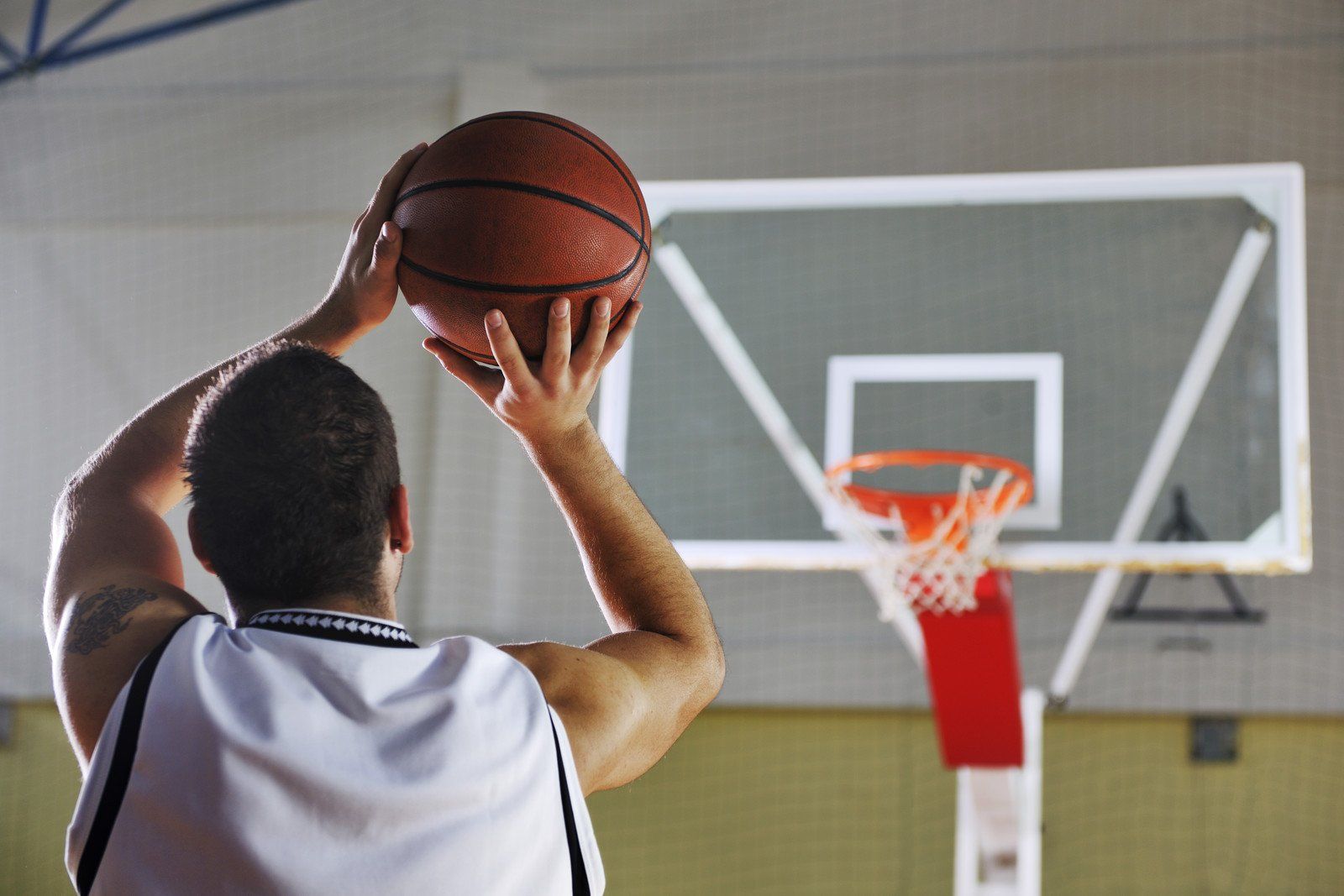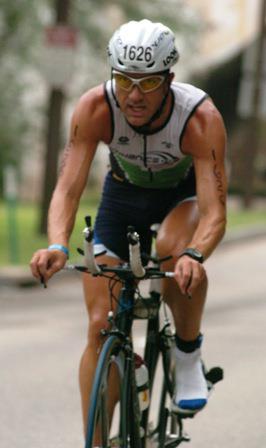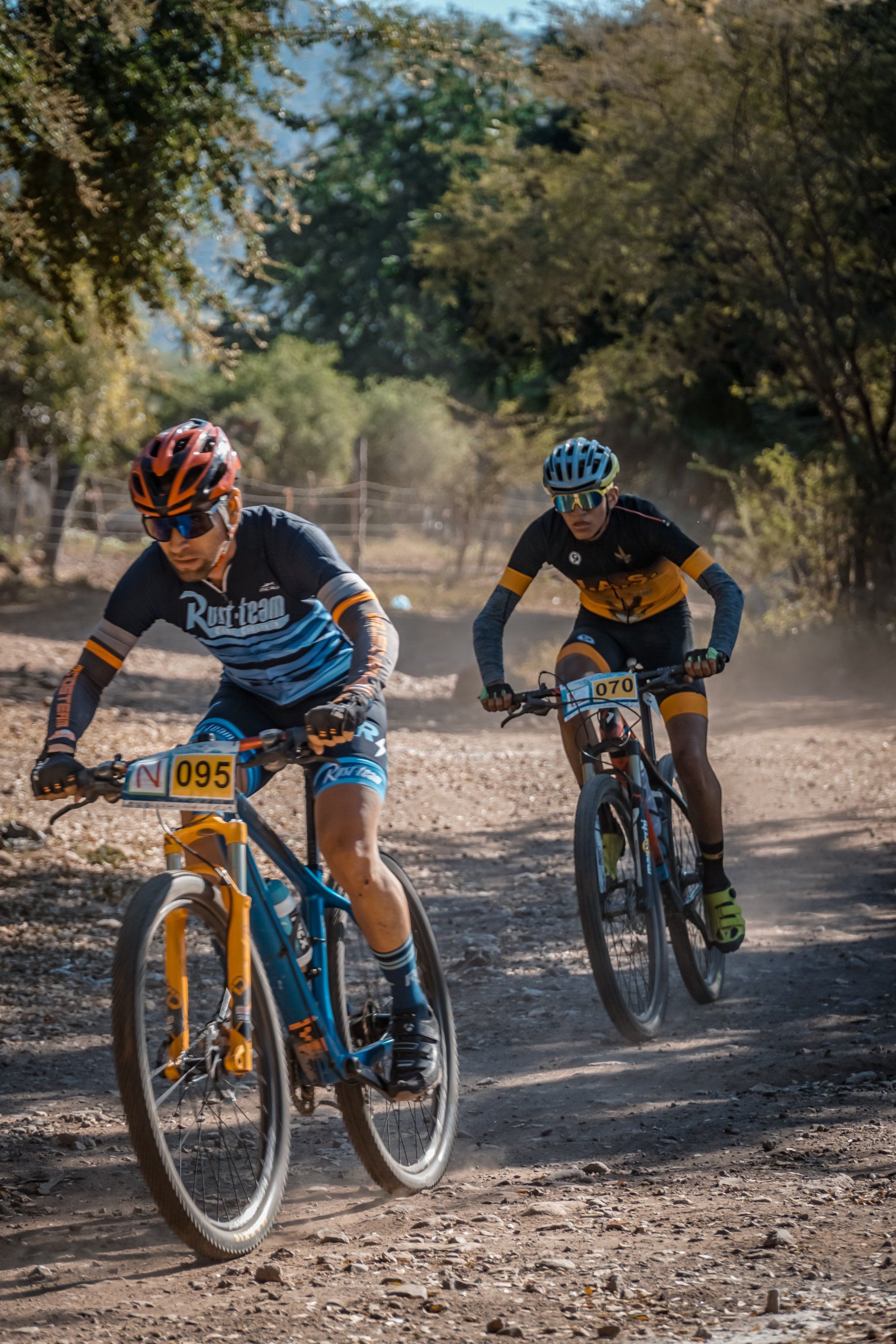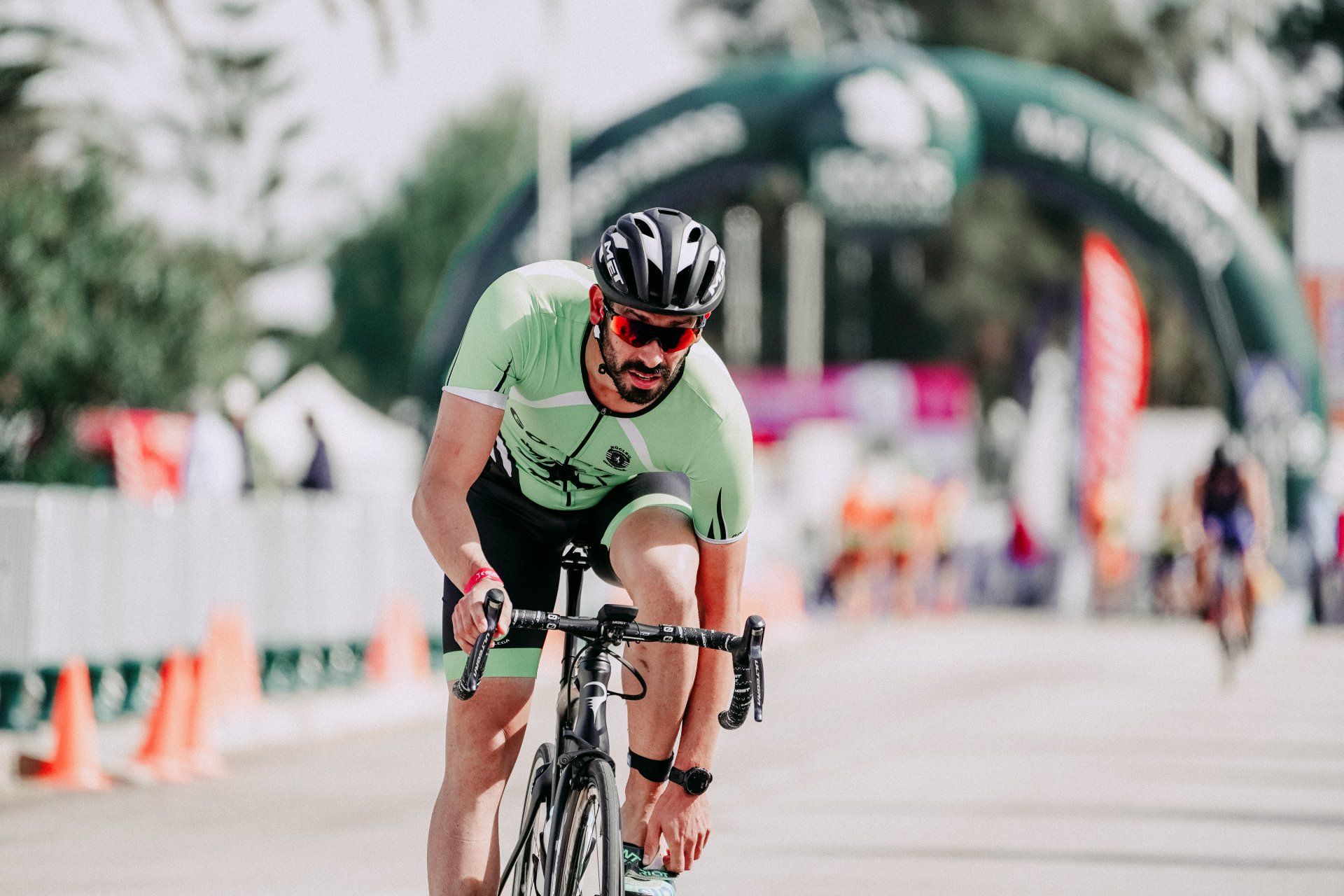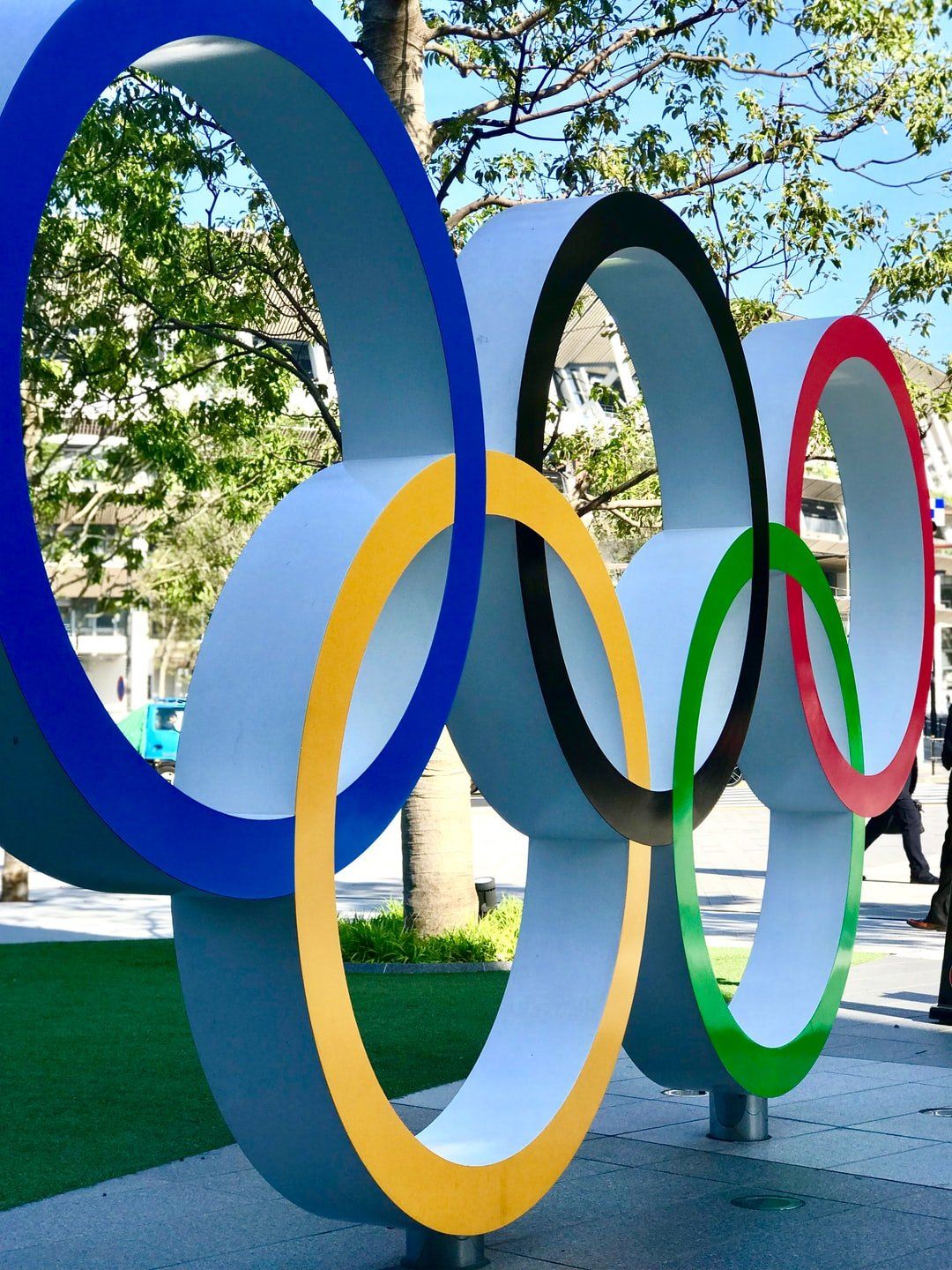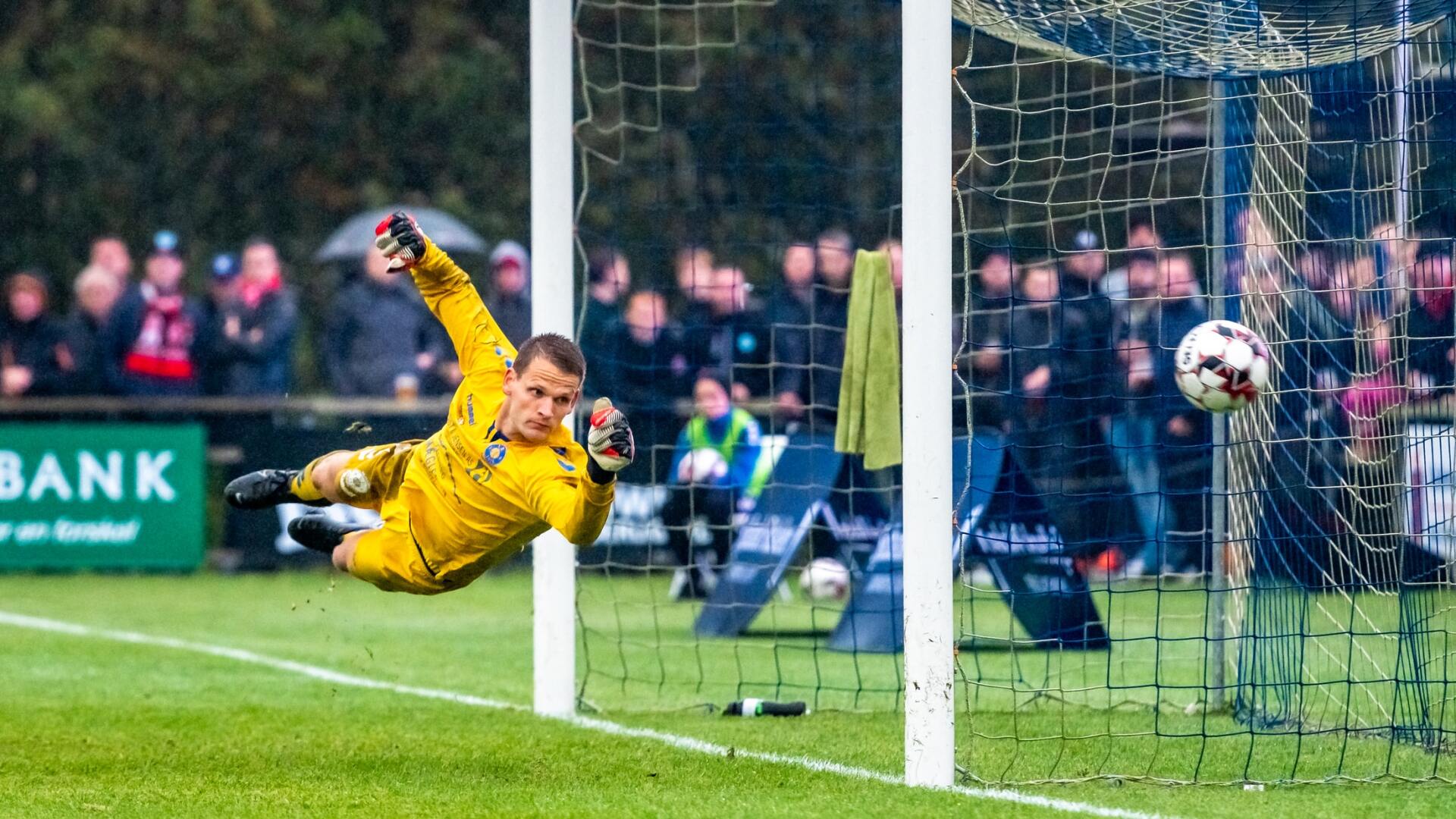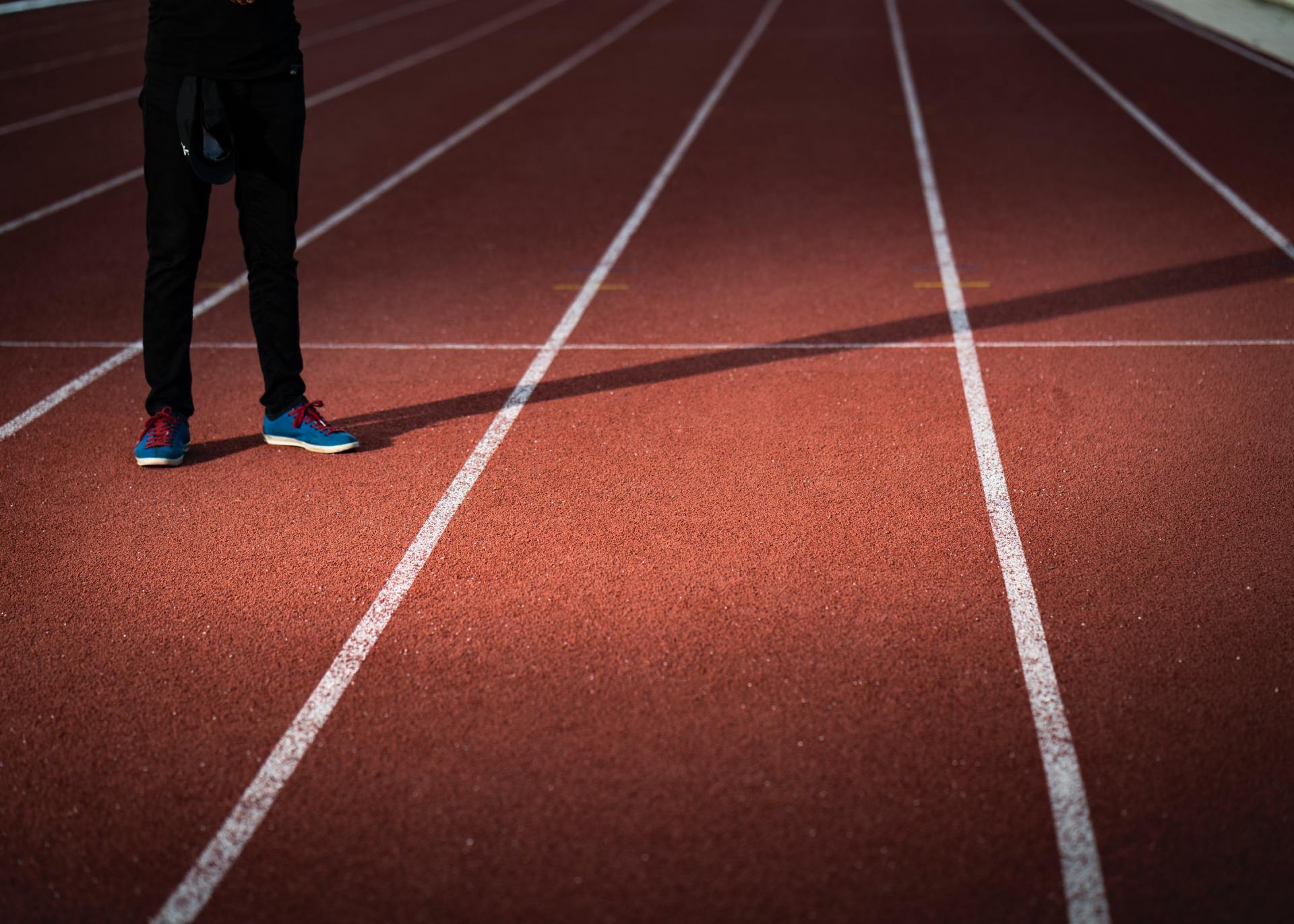Better with Age (or just smarter?)
Guest Post by Mikael Hanson at Enhance Sports
Allow me to introduce Mikael Hanson of Enhance Sports
based
out of New York City.
In addition to his coaching company, he is the head coach of the NYU Cycling Team.
He is also a champion duathlete, and represented the U.S. Team at the 2007, 2009, 2013, and 2015 Duathlon World Championships.
Mikael shares my
interest and passion for coaching and sport performance. I have known Mikael
for years, and am continually impressed by his work ethic and dedication to his
athletes.
In this guest blog post, Mikael shares some sage advice on how to continue to enjoy sports as you get older:
Better with Age (or just smarter?)
by Mikael Hanson
Like a fine red wine or collectable antique car, there is another thing that can improve with age - the endurance athlete. Whether we are talking about swimmer Dara Torres medaling in the 2008 Olympics at the age of 41 or Brett Favre throwing TD passes as a grandpa, athletes accomplish incredible things past the age of forty.
Take myself. Outside of bicycle racing, I've always been a very competitive multi-sport athlete, but I did not win my first race until I was forty-one and then did it again three more times when I was forty-two (and have managed to win at least 1 multi-sport race every year since). How-- By adapting my training as I got older.
Sure, when I was an elite category 1 cyclist in college I could ride 6 to 7 times a week, amassing hundreds and hundreds of miles in the process. I could stay out all night long and live on a diet of burgers, beer and cheese (a staple for one from Wisconsin). As my twenties became thirty-something and then the forties, my ability to recover changed. Gone are the days of being able to race daily for a two week cycling stage race. It now takes me a day or two even to feel normal after a 10k running race.
What adaptations does the older athlete need to make to stay competitive?
1. Listen to your body and understand the importance of REST!
This will likely mean LESS high intensity workouts during
the week, LESS racing and more recovery time. In my twenties recovery came easy
and rest days, well those were for the weak minded. In my forties it is not
uncommon for me to string together back to back recovery days. I am also now
much more in tune with my body. I take my resting heart rate and check my
body weight every morning, looking for the early warning signs of not being
properly recovered (perhaps bordering on obsessive-compulsive behavior). I used
to become overcome with guilt for skipping a training day (even when I was
sick) and lived by the mantra that somewhere someone is training and when you
meet them in competition, they will beat you. Being older and wiser, I no
longer feel guilty for missing an occasional workout, and realize that some of
my best performances have come after a period of forced rest.
2. Learn from your own body of knowledge
.
After over 30 years of endurance racing at nearly
every level, I tend to think I know what works in my own training and what
doesn’t. As a cyclist, I know that I respond best from longer, medium tempo
rides than a ton of high intensity workouts. However, this approach
does not work for me as a runner. I have found that I need a few more
structured intensity workouts to help me find my form. This is where keeping a
detailed training log you can refer back to is key (mine go back 20 yrs). Had a
particularly good race last fall? What did your training look like leading up
to it? Were you heavier or lighter? How many hours of sleep were you getting
(or not getting)?
3. Get back into the gym
.
The gym used to be a place I would only visit on the
off-season when weather prohibited you from comfortably training outside. Never
would I venture into the confines of a gym during those warm summer months, not
when I could be logging miles outside on the bike! But as one gets older, less
flexible, your muscles shrink. If you want to stay competitive, strength
training needs to become an integral part of your year-round fitness routine.
Yes, you will spend less time strength training in the heart of the racing
season, but it should not be ignored. Devise a routine that can be done without
elaborate gym equipment such as sit-ups, planks, push-ups, wall squats, etc.
All you need is 20-30 mins a few times a week during the racing season to keep
you on top of your game.
4. Watch the diet.
As endurance athletes we like to think we can eat what
ever we want - just look at the diet of Olympic swimmer Michael Phelps. As a
twenty-something, this might be true, but as we get older and the metabolism
slows it becomes even more important to watch what you eat. A proper diet of
lean meats, fruits, vegetables and the right mix of carbs to protein will not
only speed up the recovery process, it can also elevate your own performance.
5. Buy that incremental performance.
There is a reason the average age of a triathlete is in
the mid-30s and their median income level is in the low six figures. Some endurance sports like triathlon and cycling can get prohibitively expensive
when compared to others (such as running or swimming). Carbon fiber frames and
wheels, wetsuits, running and cycling shoes, biomechanical insoles, aerodynamic
helmets, and race entry fees (approaching $100 for some Ironman events) can add
up. But, if you have the means, many of these items can lead to
improved performance. A lighter more aero frame or wheel set, a professional
bike fit, a compu-trainer to ride indoors, portable altitude tents or even
performance testing can enhance your own performance.
6. And finally - Keep it FUN!
For most of us, we do these endurance sports not because
we are getting paid or it is our full time job, but because we crave the thrill
of competition. Find ways to include your family in your racing. Look for
a destination race at a location your family would enjoy. Several years
ago, duathlon national championships were held outside of Tuscon, Arizona and
both my wife and son made the trip with me. We made the trip a week long
vacation, tacking some extra days on after the race. Gotta tell you, having
your own cheering section at an out of town event is the best motivation to
race well!
As I approach 50 I still refuse to use AGE as an excuse and
hope I am able to still compete at a high level for years to come. Just
a few years back I competed in a duathlon versus a field of over 300
athletes, including a small platoon of lean West Point cadets who were part of
the Army triathlon team. For myself, there was no better gratification than
finishing ahead of nearly all of them – save a lone cadet half my age who
managed to beat me by a mere six seconds. To me, that was quite a feeling of
accomplishment and, as they say, priceless!
To read more posts from Mikael Hanson's blog Click here
